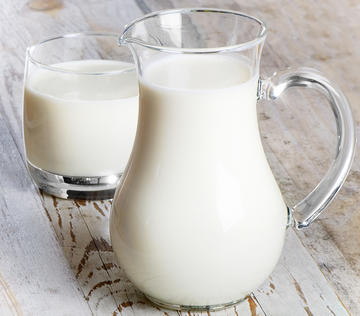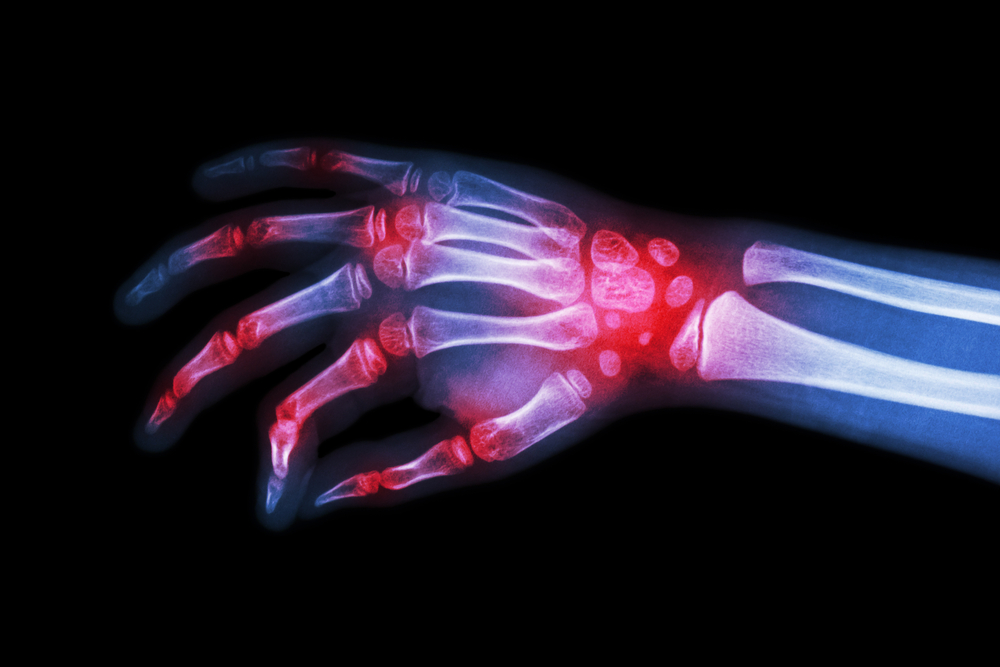
Shutterstock
The ingredients list is commonly one of the primary things we look at when deciding if you should buy and have a specific food. But a recent investigation made by the Institute for Global Food Security at Queen’s University in great britain found there are a lot of products lurking inside our food that will not are visible on the label. And in this case, ignorance is definitely not bliss.
The study into food quality was commissioned after food researcher Chris Elliot published an escalating expose in 2013 that established that loads of the thing that was defined as “ground beef” was really horse meat. Ever since then, he’s investigated a variety of grocery store staples like bread, milk, meat, fish, and spices working with a technology called spectroscopy. Utilizing a handheld gadget, scientists can analyze mit makeup of countless food products.
“It’s straightforward. We shine light around the foodstuff while the energy through the light causes the foodstuff molecules to vibrate or wobble and then we get the things i sometimes call a wobble pattern,” he explained for the BBC. “Every molecule will vibrate inside a slightly different way, so that you measure every one of the vibrations together so you get a fingerprint. It’s remarkably consistent.”
What did he find? A lot of seriously gross stuff, frankly.
Pesticides in spices. Dried spices were among the list of worst offenders, all sorts of containing the leaves of other random plants. But not just were they not the spice which the bottle claimed these people were, they these people were “absolutely hooching with pesticide,” Elliott said. “So even your 20-percent adulterated oregano, that you were receiving a very nice dose of pesticide all at once.”
Leather in milk. The quality of milk (and as such the purchase price) relies on what amount protein is to them, which results in companies wanting to raise the protein content. How? By building unlabeled ingredients like rice protein or hydrolized leather, which is consisting of animal skins, Elliott said.
Industrial dye in juice. People associate bright colors with freshness, so they really usually prefer juices, spices, salmon, along with other foods to become pinker than nature intended. While many food dyes are in your local label, Elliott’s team also found a surprising amount of industrial dyes that were never created for human consumption.
Formaldehyde in beverages. Milk and other beverages put together to become contaminated with formaldehyde, which they found ended up being added as a preservative to obtain the liquids an extended life expectancy. Formaldehyde is usually a known toxin and positively not something plan to be drinking.
Fishy fish. “One of the most extremely frequently mislabelled foodstuffs is white filleted fish,” they reported. “Most people can’t know the difference between fillets of haddock, cod, pollock or whiting-even after a bite.” But types of fish sell for wildly different prices, leading some sellers and even restaurant owners to intentionally mislabel fish to allow them to sell pricey species for your higher price.
So what’s a girl to perform in terms of food fraud? Buy from local or well-trusted vendors whenever possible, choose the finest food you can afford, and allow the pros take care of the criminals. “Are you visiting stop people getting this done? No,” Elliott said. “What you must do is cause it to be much harder.” Which starts with becoming an informed consumer.













